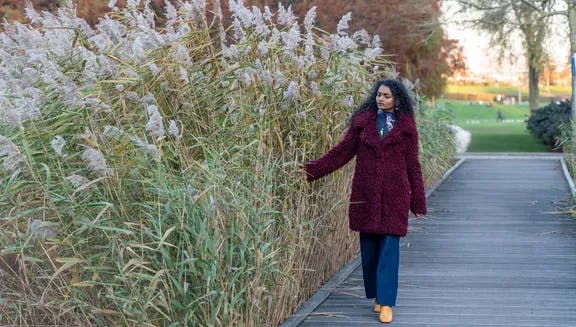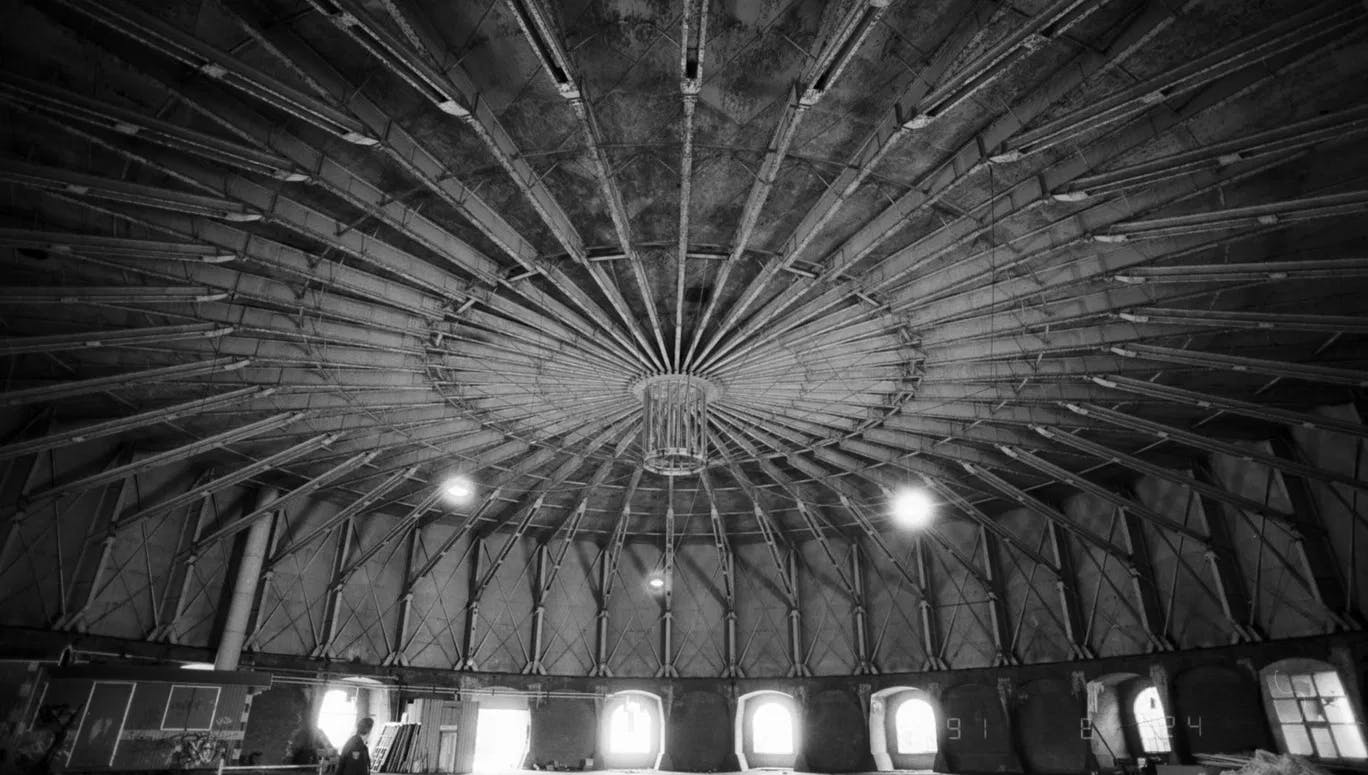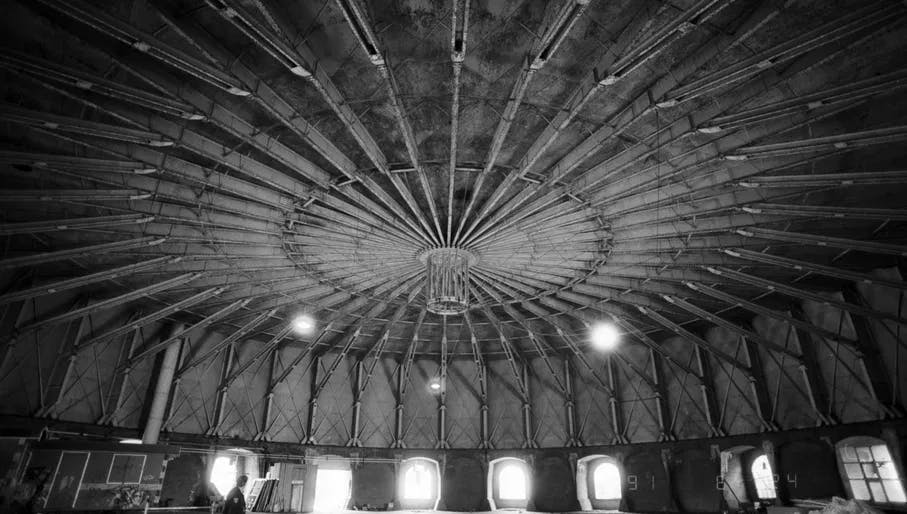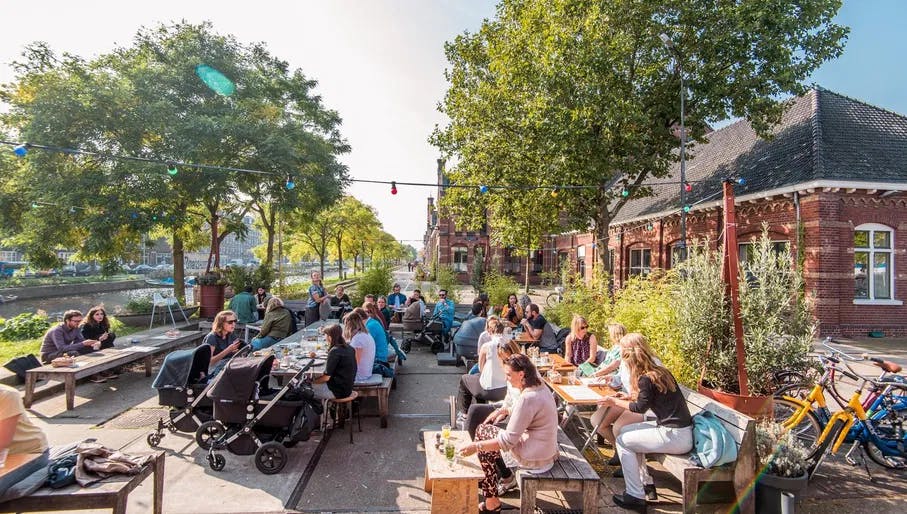
Nature and active in Westerpark
30 May 2024


Westerpark was actually the first municipal park of Amsterdam, originally named Westerplantsoen (Western Garden). It was constructed in 1845 in this emerging working-class neighbourhood as a breath of fresh air from the industrial pollution of the growing city. In 1891 the garden was torn down to make room for the relocated Western Canal, and today’s Westerpark was born. Behind it still stands the old 19th-century gasworks - the largest extraction plant in the Netherlands at the time - which closed down in 1967 after natural gas was discovered in the North Sea.
Designed by renowned architect Isaac Gosschalk in popular Dutch neo-renaissance style, the remaining buildings of the gas plant were used as storage until they gained the status of national monuments in 1989. As new life was infused into the area by artists flocking to exhibit their work in the beautiful red-bricked, uncannily symmetrical buildings, the municipality turned its attention to cleaning up the grounds which were heavily polluted with by-products of gas production. It took years to rid the soil of the toxic substances but envisioning a larger park made sense. The area was gaining in popularity, and the adjacent neighbourhoods of Spaarndammerbuurt and Staatsliedenbuurt were gentrifying and developing a cultural life of their own. Museum Het Schip, a magnificent example of Amsterdamse School architecture, opened in 2001.
In 2003, the vision of Kathryn Gustafson, the American landscape architect who was hired to remodel the area, was finally completed: traditional Westerpark was extended into the Westergas, with a modern pond where children can play on hot summer days while their parents rest on the concrete beach or nearby sprawling lawn. Trees were planted and alleys drawn between the historical buildings, which artistic, avant-garde momentum of the 90s was respected: the Westergas has become a powerhouse of culture and entertainment, with an easy-going and independent flair.

Today, Westerpark provides a welcome break, situated at the end of the Haarlemmerdijk where the effervescence of the city centre meets the more residential Western District. Permanent fixtures in the park include trendy bars like Brouwerij Troost for the beer lovers and a slew of entertainment venues: DJ bar Radio Radio, art-house cinema Het Ketelhuis, and even a retro arcade bar Tonton Club. With plenty of booze and bites on offer, you’ll be spoilt for food and drink options too: amazing coffee at the Espressofabriek and De Bakkerswinkel, a delicious bistro lunch at Cantine de Caron or fresh seafood courtesy of Mossel & Gin.
Since 2010, under the helm of director Mark de Kruijk, it has become home to as many small, local pop-up events as huge international festivals. That’s what is most fabulous about the place: it will welcome crafts markets such as the Sunday Market (every first Sunday of the month) and Rolling Kitchens, but it has also become the venue of choice for monumental events where international crowds will flock, such as Amsterdam Fashion Week and Unseen Photo Fair, hosted in stunning and unique, shiny metal cylinder Gashouder.